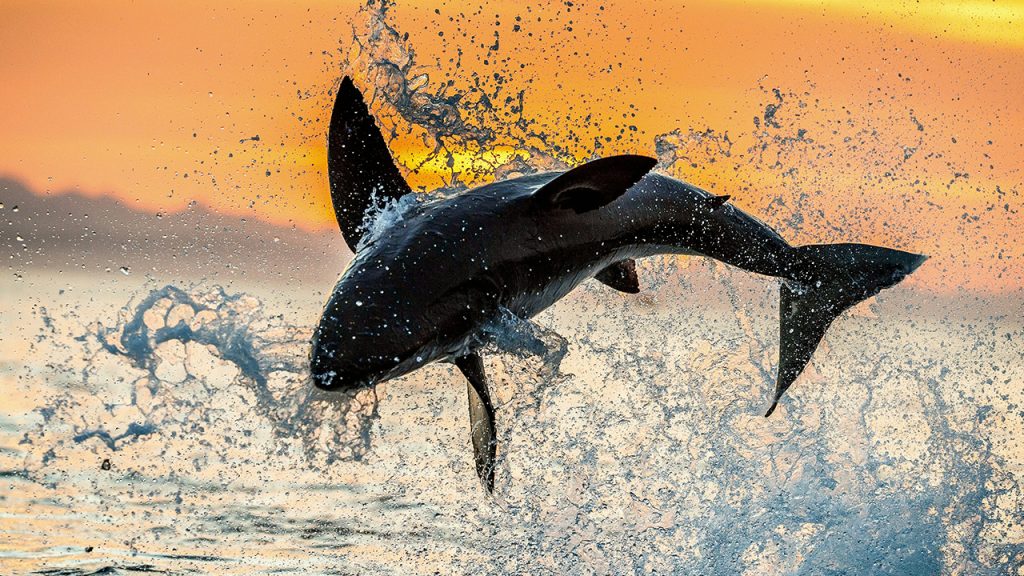The ocean has always fascinated me. It covers more than 70% of our planet, but we’ve only explored a tiny fraction of it—about 20% at most. That means there’s still an enormous amount of mystery hidden beneath the waves, waiting to be uncovered. Even today, scientists are finding bizarre creatures, strange deep-sea phenomena, and behaviours we just don’t fully understand. It’s like we’ve got an alien world right here on Earth, full of secrets that keep pulling at our curiosity. So, I started looking into some of the greatest ocean mysteries that are still baffling experts in the 21st century.
1. The Disappearing Sharks of the Atlantic
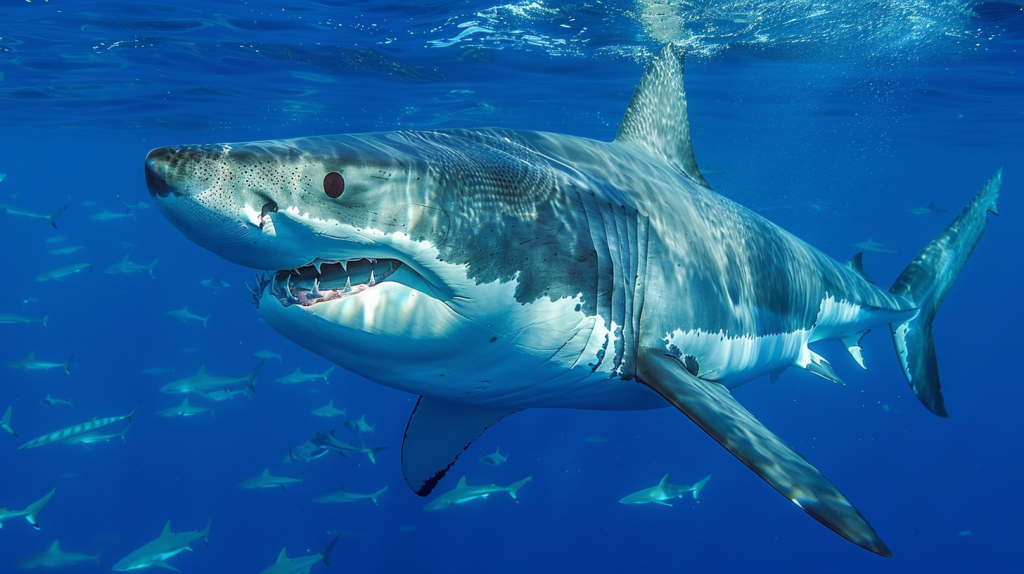
For centuries, sharks have been the apex predators of the ocean, but now many species are vanishing from the Atlantic without a trace. Despite efforts to protect them, populations of hammerheads, great whites, and other sharks are declining rapidly. Overfishing and environmental changes are partly to blame, but scientists still don’t fully understand where many of these sharks are going or why they are disappearing so quickly. The full picture of their migration patterns remains a mystery, and it’s raising alarms about the health of our oceans.
2. The Mysterious Sounds of the Deep

Since the 1990s, researchers have detected strange, low-frequency sounds from the deep ocean. The most famous of these sounds, called “The Bloop,” was recorded in 1997 and was so loud that it could be heard across the Pacific Ocean. Scientists initially thought it might be caused by a massive unknown creature, but now they think it may be linked to natural ice shifts. Despite this theory, many other mysterious underwater noises—such as “Julia” and “The Upsweep”—have yet to be explained, leaving room for wild theories and speculation.
3. The Phenomenon of Bioluminescence
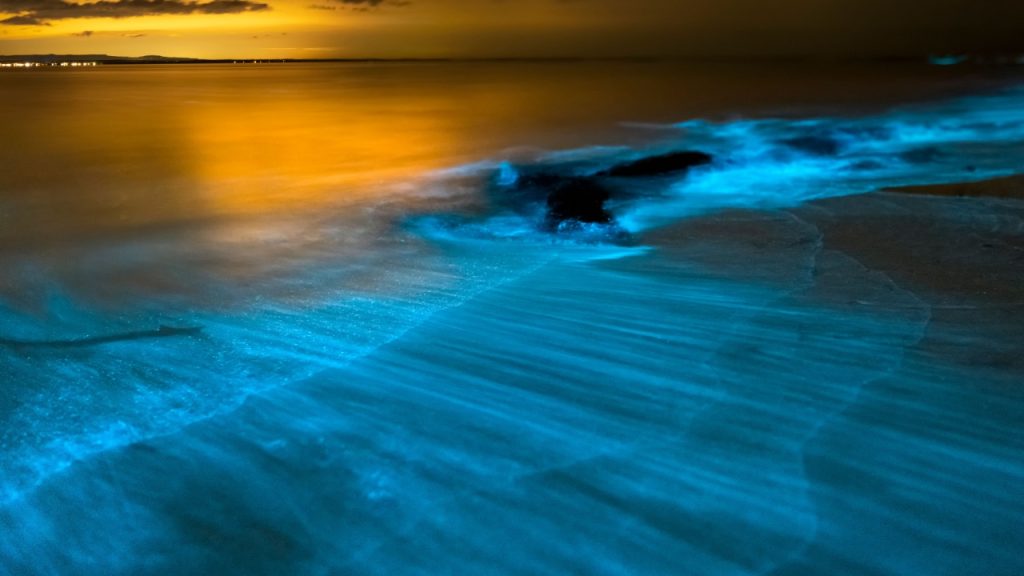
While many of us have seen pictures or videos of glowing jellyfish or other sea creatures lighting up the dark ocean waters, the science behind bioluminescence remains full of mysteries. How do these creatures produce such light, and why are there so many varieties of glowing organisms in the deep? Even though researchers know it’s related to chemical reactions, the specific purposes and mechanisms for this glow vary widely, leaving questions about how different species evolved to use light for survival.
4. The Great Blue Hole of Belize
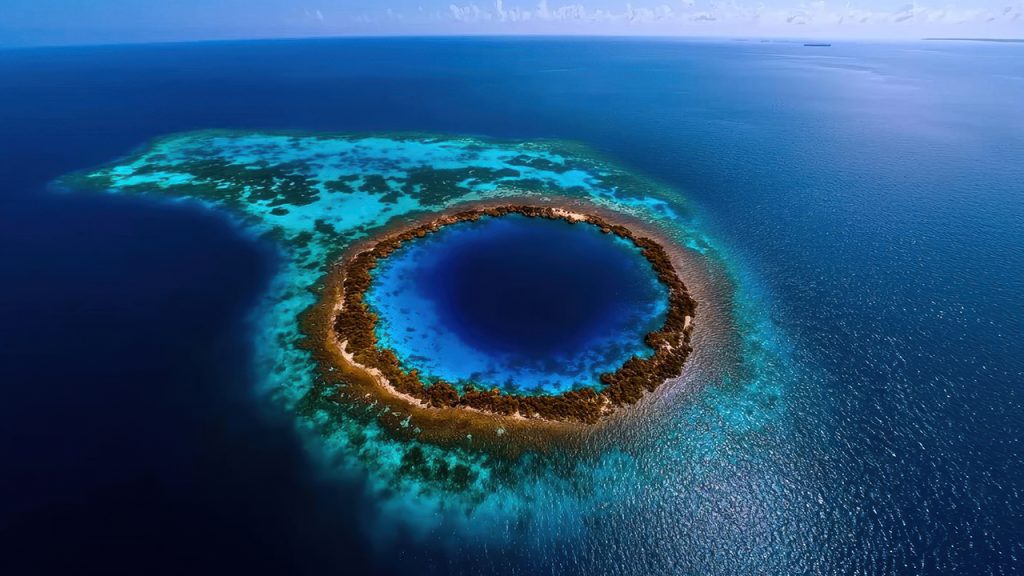
The Great Blue Hole is one of the most famous underwater sinkholes in the world, but it still holds many secrets. Located off the coast of Belize, this massive submarine cave plunges over 120 metres deep and is home to unique species of fish and marine life that are found nowhere else. Although divers have explored parts of it, much of its dark depths remain untouched. What ancient treasures, marine species, or geographical oddities might still be hiding in its cavernous depths?
5. The Mystery of Giant Squid
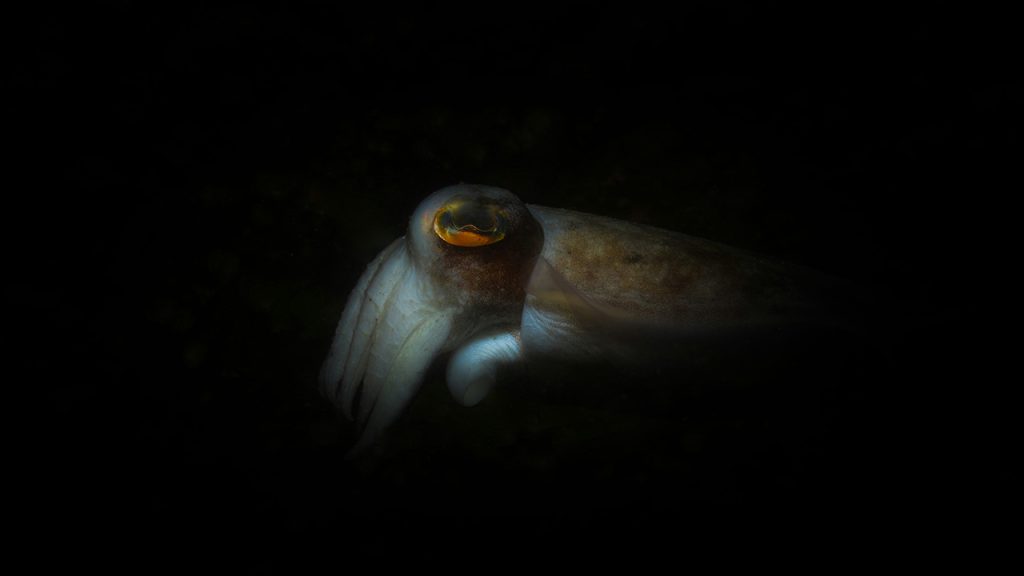
Giant squid were long considered mythical creatures until one was finally photographed alive in the wild in 2004. These elusive, deep-sea giants can grow up to 12 metres in length, but much about their biology and behaviour remains a mystery. How do they hunt in the dark depths of the ocean, and how do they defend themselves from predators like sperm whales? Despite recent footage and studies, their elusive nature makes them one of the ocean’s most fascinating puzzles.
6. Rogue Waves: The Ocean’s Sneakiest Threat
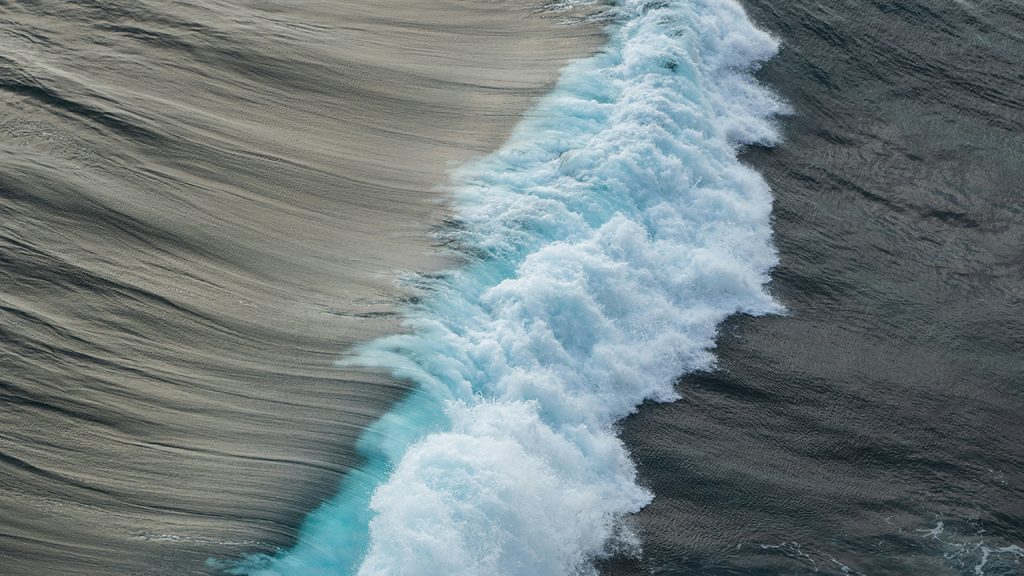
For centuries, sailors spoke of massive, towering waves that would appear out of nowhere and disappear just as quickly. Many dismissed these stories as myths, but in recent years, rogue waves—some as high as 30 metres—have been confirmed by scientists. These waves are often unpredictable and can cause devastating damage to ships. The question remains: how exactly do they form, and what triggers these rare, colossal ocean events?
7. The Lost City of Atlantis
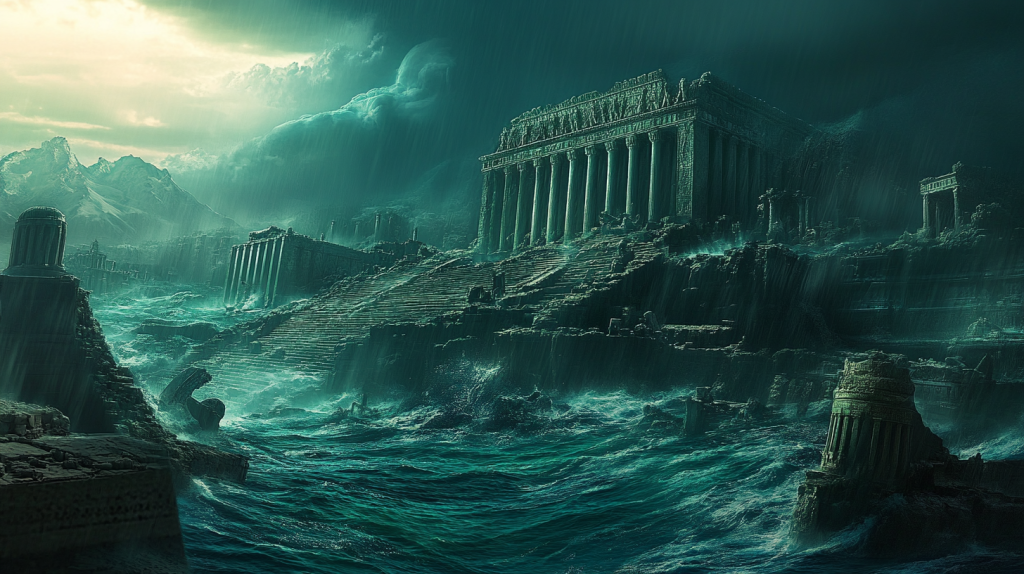
Although it’s more legend than fact, the mystery of Atlantis has captured the imagination of people for thousands of years. Said to have been a powerful civilisation that sank beneath the ocean in a single day and night, theories about Atlantis being real have persisted. Some believe that lost underwater ruins like those found off the coast of Japan or in the Mediterranean could be connected to the legend, but nothing definitive has been uncovered. Still, the myth persists, as do efforts to find evidence of this ancient, underwater civilisation.
8. Unexplored Deep-Sea Trenches
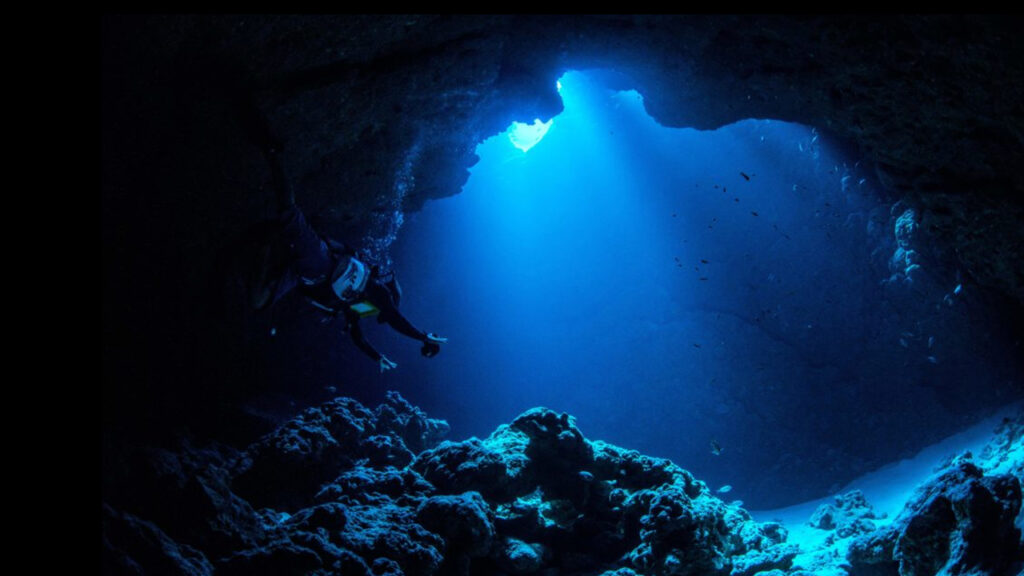
The Mariana Trench, Challenger Deep, and other deep-sea trenches represent some of the most unexplored places on Earth. At depths where sunlight can’t reach and the pressure is crushing, strange and alien-like creatures thrive. Despite a few exploratory missions, most of these areas remain untouched. What otherworldly organisms and geological phenomena could be hiding at these depths? The possibilities are as vast as the trenches themselves, and as technology improves, new discoveries await.
9. The Bermuda Triangle Mystery
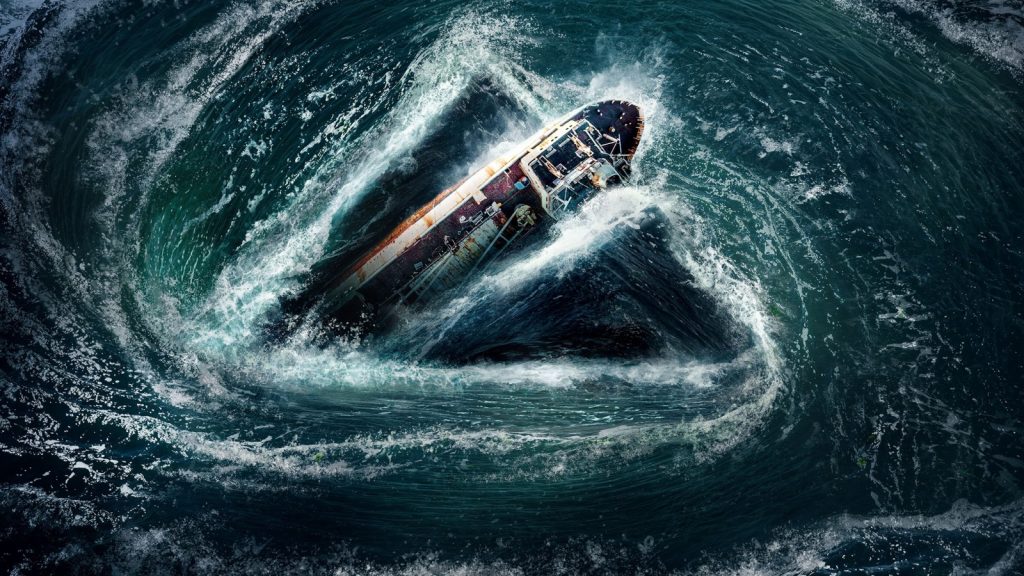
The Bermuda Triangle, an area of the North Atlantic Ocean, has been the site of hundreds of unexplained disappearances of ships and aircraft. Theories range from natural phenomena like methane gas eruptions to more outlandish ideas involving extraterrestrials or even undersea cities. While modern science points to navigational errors and unpredictable weather as likely causes, the mystery still draws fascination. Could there be something more sinister lurking beneath the waves of this infamous part of the ocean?
10. Underwater Volcanic Ecosystems
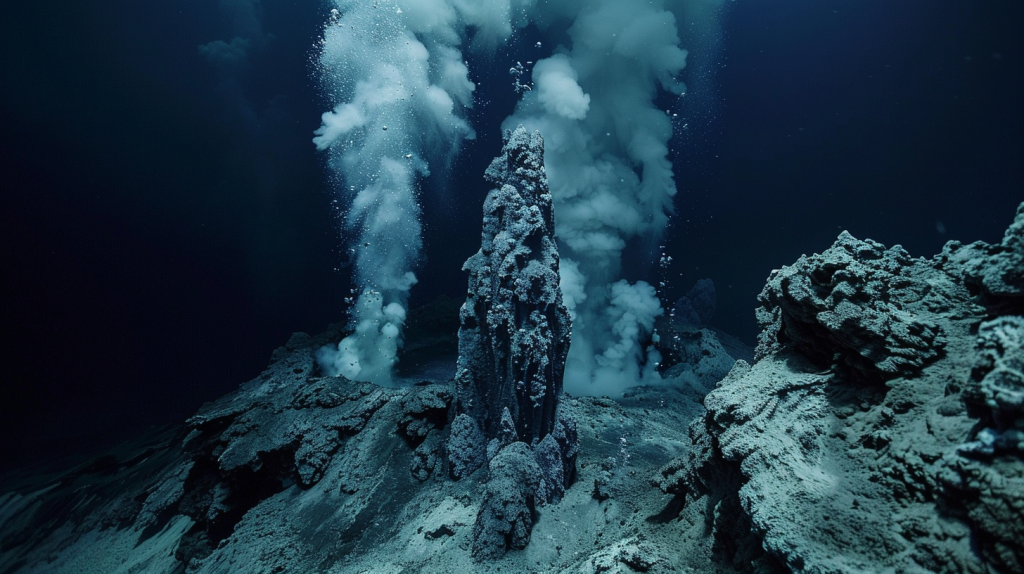
Beneath the ocean, volcanic activity creates entire ecosystems that thrive without sunlight, relying on heat and chemicals from the Earth’s crust. These hydrothermal vent communities are among the most extreme environments on the planet, home to creatures like giant tube worms and blind shrimp. Yet, the full extent of these ecosystems is still not known, and scientists are constantly finding new species that challenge our understanding of life on Earth. How do these creatures survive, and what can they tell us about life in extreme conditions, even beyond our planet?
What Meg Got Wrong About Megalodons and 27 Other Fascinating Facts About These Colossal Prehistoric Sharks

The megalodon, a massive predator that once ruled the seas, has been extinct for millions of years. Its scientific name, Otodus megalodon, means “giant tooth,” reflecting the enormous size of its teeth, which are far larger than those of today’s great white sharks. The discovery of these teeth has given us valuable information about the megalodon’s life and extinction.
Katy Willis is a writer, master herbalist, master gardener, and certified canine nutritionist who has been writing since 2002. She’s finds joy in learning new and interesting things, and finds history, science, and nature endlessly fascinating.
